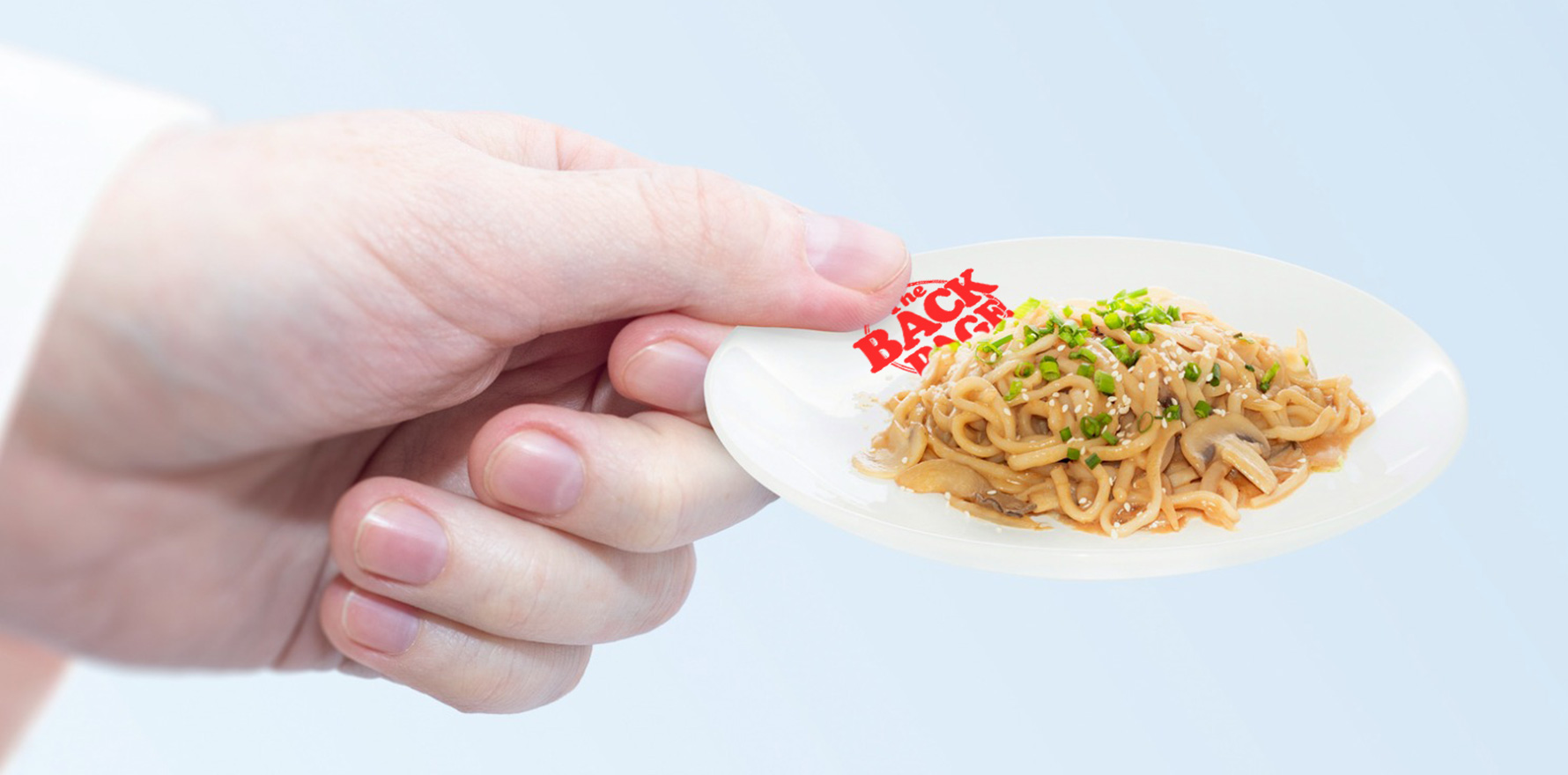Photographing your food makes you think you’re eating less than you are.
Self-proclaimed foodies may not have the most accurate grasp on their nutrition after all. It appears the camera eats first, and then lies to you.
We’ve all seen them: the mind-numbing parade of avocado toast, quinoa bowls, and artisanal lattes flooding our social media feeds. While these meticulously curated posts can make you feel not so great about the sad, soggy Big Mac you’ve decided to devour while you doomscroll, a recent study suggests you may actually be in a better position to accurately estimate your energy intake.
Curtin University asked 150 participants to use four different methods of food tracking: ASA24-Australia, Intake24-Australia, mFR-TA and IA-24HR. The basic principle of entering meals, snacks and drinks into a program to estimate energy consumption and micronutrient/macronutrient breakdown is the same in all four. However, IA-24HR included the addition of before and after photos of food, and mFR-TA involved those photos being analysed by a trained dietitian.
Every participant tried each food tracking method with one week in between each session. They would go to a lab, choose options from a menu, and have breakfast, lunch and dinner made for them. The following day, they would record what they’d eaten in the programs, based either on photos of their plates or solely on their recall.
These people made 60 bucks and had multiple full days’ worth of meals provided in 2021. I can only imagine with inflation as it is, advertising for participants now could cause a stampede. That, or the university would instead charge you for the meals.
The researchers covertly weighed all the food and any leftovers to ensure accuracy of energy consumption, and compared this to the ingredients and amounts the participants entered into the programs.
The study found that Intake24, which didn’t involve pictures, resulted in no significant difference between true and perceived energy intake. ASA24, the other program that was not image-based, was a close runner-up, with a slightly higher mean difference and variance than Intake24.
IA-24HR, the most image-reliant method, came in dead last, overestimating energy intake by a shocking average of 1180 kJ. That unreliability is somehow more powerful than my deeply rooted denial; even I can’t pretend-away almost 300 calories!
mFR-TA, which did involve taking photos, performed slightly better than IA-24HR, but this probably only shows that there’s benefits to having a trained analyst review your meal pics instead of relying on algorithms and your flawed memory to evaluate your kilojoules.
So while foodies are busy staging the perfect shot of their kale salad and never getting to enjoy a meal while it’s still hot, you can probably get a better idea of your calorie intake without having to angle your plate just right for the light.
Avid Instagrammers need not despair though, as the study did comment on the potential future benefits of photo-assisted methods. The researchers were hopeful that the addition of AI could one day make food-tracking more accurate, allowing you to simply snap a pic for a precise nutritional breakdown of your meal.
The authors pointed out that just about anyone can manage to track their food and drinks for a single 24-hour period but for sustained tracking, they’re pretty keen to involve AI. Because obviously, one of the better uses for this almighty technology is analysing an endless stream of bad food choices.
I just hope that, once a bot is tasked with reassuring me that my KFCthree3-piece box is OK as long as I don’t eat anything else until midnight, an I, Robot situation doesn’t ensue. My poor food choices clearly show that I don’t deserve to have my free will saved by a leather-clad Will Smith.
Send bad decisions and food snaps to penny@medicalrepublic.com.au.


